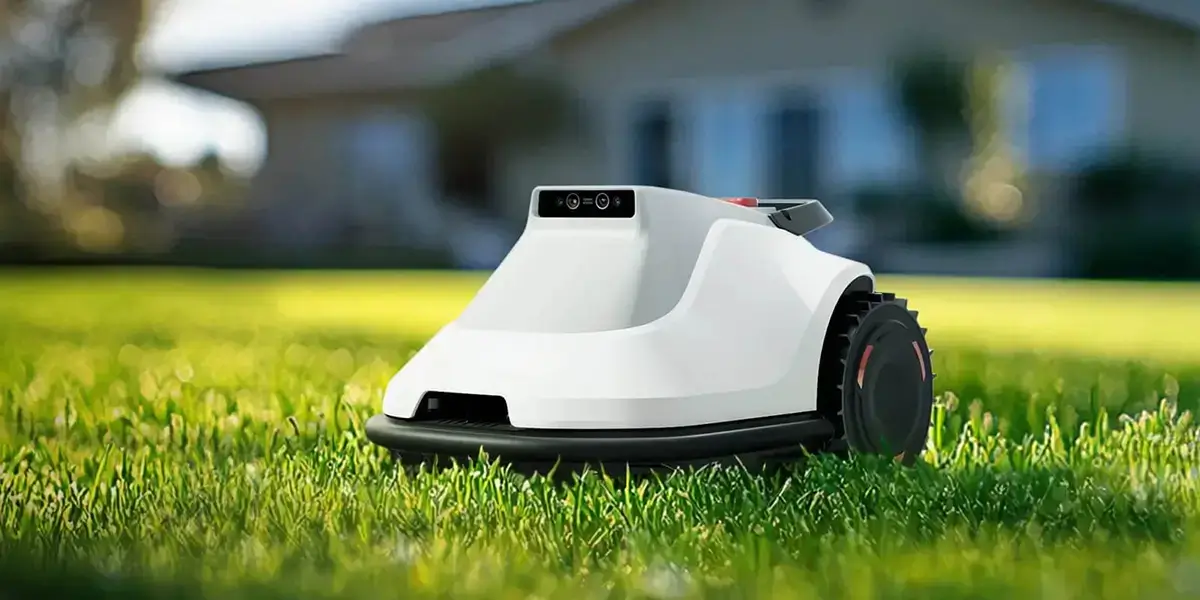Imagine this: you’re standing in front of a machine, about to set it in motion. At the heart of that machine is a servo motor, quietly doing its thing, precise and reliable. Now, what if you wanted to really make that motor dance to your tune? That’s where programming Siemens PLC for servo motors kicks in. It’s like giving your machine a musical score—it makes everything flow smoothly, with perfect timing.

Think about the software side of things. Siemens PLCs are pretty much the nerve centers of automation, and programming them to control servo motors isn’t just about pinning wires anymore. It’s about marrying software with hardware—making sure commands are executed seamlessly. The real magic happens when you configure the motor parameters — things like speed, torque, and position—all within the PLC. You set those values once, and then let the system handle the nitty-gritty, adjusting dynamically during operation.
Want to know a little secret? The biggest advantage of programming with Siemens PLCs is how adaptable it is. Whether you're dealing with a simple pick-and-place robot or complex CNC machinery, the same principles apply. The key is understanding how to integrate the servo drive with the PLC’s logic. Use motion control blocks—those tell the system, “Hey, start moving here, stop there,” and it just does it. The result? Precision movement, less downtime, and way better efficiency.
People often ask: “Is it hard to get started?” Well, if you're familiar with basic programming concepts and have a grip on automation hardware, it’s less daunting than it sounds. Siemens offers a robust development environment with intuitive tools. You can simulate operations before deployment, catch errors early, and tweak your setup without risking real equipment. Plus, the community support from Siemens is active, so if you hit a snag, someone’s already been there.
Let’s talk about a real-world example—say, a packaging line. The servo motor controls the conveyor’s precise movement. Programming it through a Siemens PLC means you can adjust the speed on the fly, synchronize with other system parts, and respond to sensor inputs instantaneously. If a package gets stuck, the system can halt, reverse, or reroute, all programmatically. That’s the kind of control that turns chaos into order.
When it comes to good programming practices, keep your code modular. Break down commands into manageable blocks—like giving your system a clear series of instructions rather than a tangled mess. This makes maintenance easier and saves future headaches. Remember, smooth communication between the PLC and servo driver is vital. Use recommended wiring, ensure proper grounding, and always update firmware to keep everything humming along.
Fast forward—your machinery runs like a well-choreographed dance. The servo motor responds instantly to commands from the Siemens PLC, and the entire system feels… almost alive. For anyone looking to optimize automation, mastering servo motor programming isn’t just a skill—it's a game-changer. With the right setup, everything becomes more synchronized, more efficient, more reliable.
At the end of the day, it’s about control. Programming Siemens PLCs for servo motors offers that control in spades—turning complex mechanical tasks into precise digital commands. Whether you’re upgrading older machinery or designing a new automation solution, this approach can elevate performance to new heights. Because in the world of automation, the right code can make all the difference.
Established in 2005, Kpower has been dedicated to a professional compact motion unit manufacturer, headquartered in Dongguan, Guangdong Province, China. Leveraging innovations in modular drive technology, Kpower integrates high-performance motors, precision reducers, and multi-protocol control systems to provide efficient and customized smart drive system solutions. Kpower has delivered professional drive system solutions to over 500 enterprise clients globally with products covering various fields such as Smart Home Systems, Automatic Electronics, Robotics, Precision Agriculture, Drones, and Industrial Automation.




































